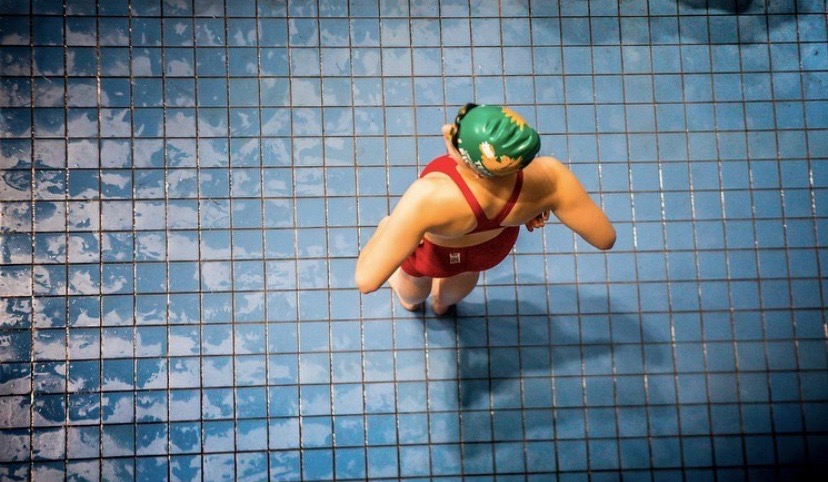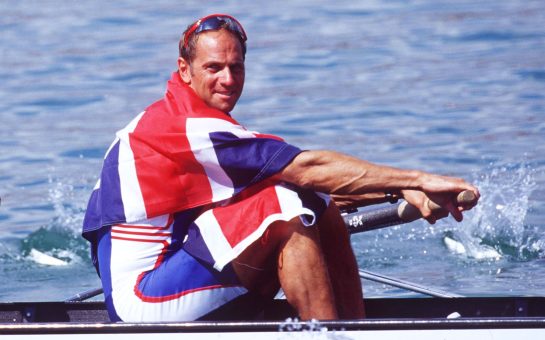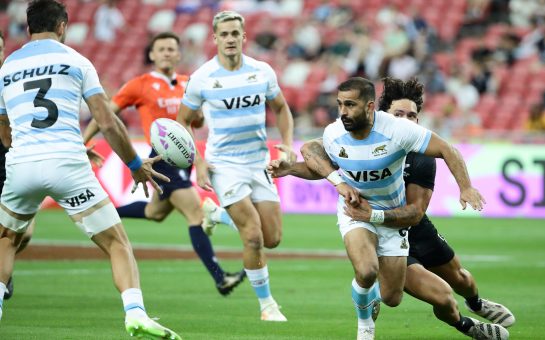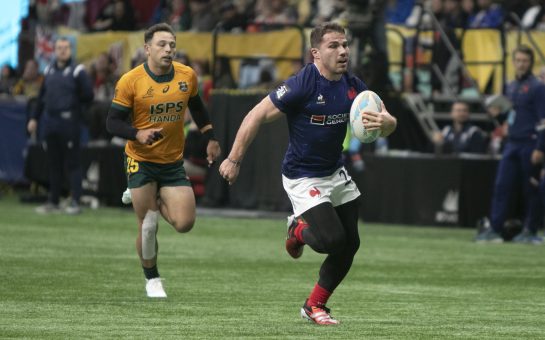The increasing price of competitive swimming has become a threat to the new generation, warned university students.
This comes after Swim England’s recent announcement that rising energy prices could force public swimming pools to close, as the total energy bill for the leisure sector rose from £500 million in 2019 to around £1.0 – £1.2 billion for 2022.
And with popular brands of Speedo, Arena and TYR leading the way in competitive race wear for the past few decades, the gradual inflation of competitive swimming is a key component in making it hard for younger athletes to participate in the sport.
Today’s students are aware of just how hard it is to fund their love of swimming.
University of Leicester Swimming and Waterpolo President, Alice Bennett, 21 said: “There comes a point where the price of a swimsuit is actually off-putting.
“There’s an expectation that all swimmers should, and can afford racing suits, when actually a lot of people can’t. I know when I was swimming the average race suit was around £150.”
For women, racing suit prices are now spilling into the over £500 territory for the highest-level competition suit whilst men’s suits border on £330.
Looking at the top seven brands for swimwear in the UK currently, the most expensive suit for men is the TYR Venzo Phantom Oblivion priced at £339.51.
And TYR also claim the prize for the most expensive women’s suit with the Venzo Camo at £507.77.
When comparing which brand is the least socio-economically friendly, it depends on gender.
For men, Michael Phelps’ own brand of suit ‘Phelps’ takes the top spot whereas for women, the powerhouse of Speedo has the smallest gap between their most and least expensive suit, with the Fastskin LZR Valor their lowest priced suit at £319.00.
For years, competitive swimwear prices have influenced how newcomers approach the sport.
Bennett said: “It places pressure on parents to give up other aspects of their lives to pay for their child’s racing suit, and that is on top of the hundreds of pounds of memberships, goggles, hats, training suits and camps.
“I think it stops swimmers feeling confident enough to carry on swimming if they cannot afford one and their friends and competitors can.”
Jack Wilcock, 23, a swimmer at the University of Lincoln said: “Ultimately, when you’re young it’s your parents that pay for everything.
“And if the price gets too high then, particularly in the current climate, they don’t have as much money to spare on equipment or swimming lessons to get you there in the first place.
“For me personally it didn’t influence me much, but I know a few people who wanted to get to the elite level who struggled as economically it’s more of a squeeze to get there.
“The entry level of the sport itself is so expensive it’s pushing people out.”
And with the cost-of-living crisis starting to bite, competitive swimming is slowly isolating itself as a sport that’s no longer achievable for everyone.




